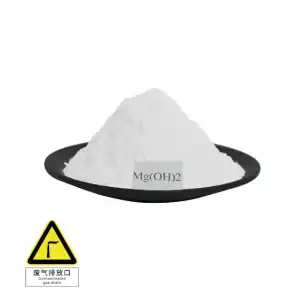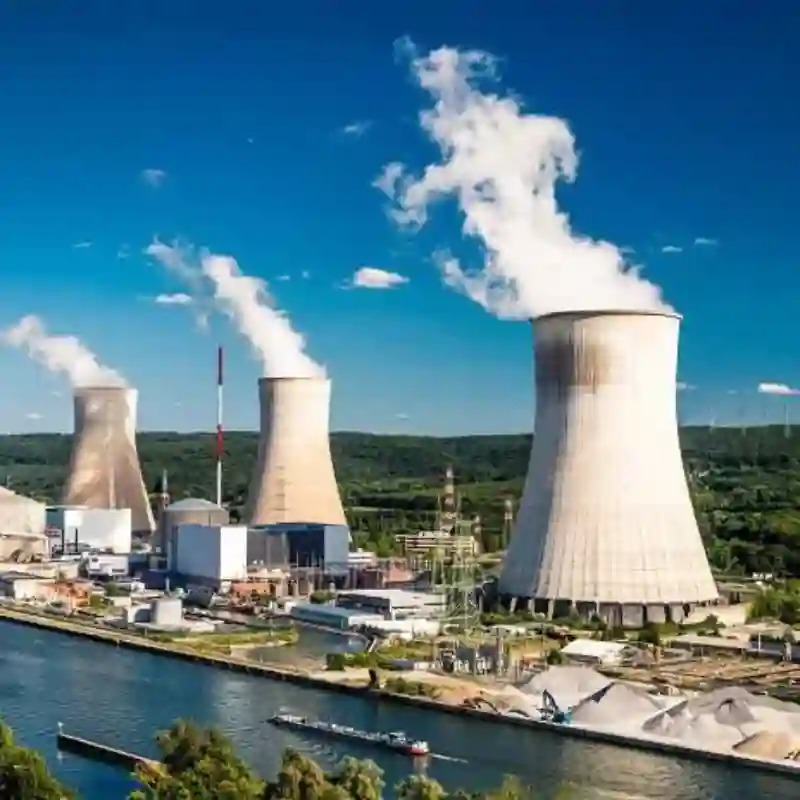Denitrification
Magnesium hydroxide can be used as a denitrifying agent to remove nitrogen oxides (mainly NOx) in two ways:
1. Selective Catalytic Reduction (SCR)
Magnesium hydroxide is used as a SCR catalyst carrier loaded with a reducing agent such as ammonia or urea.
The reducing agent reacts with the NOx to produce harmless nitrogen and water.
2. Selective Non-Catalytic Reduction (SNCR)
Magnesium hydroxide is used as a reducing agent and reacts directly with NOx at high temperatures.
The products generated by this reaction include nitrogen and water.

Advantages:
High removal efficiency for SO2 and NOx.
By-products are stable and harmless.
No secondary pollution.
Relatively low price.
Disadvantages:
Reaction requires relatively high temperature and pressure.
For high concentrations of SO2 or NOx, a larger reactor volume may be required.
May generate dust and require additional dust control measures.
Applications

Flue gas desulfurization and denitrification in power plants.
Industrial boiler flue gas desulfurization and denitrification.
Flue gas desulfurization and denitrification in waste incineration plants.

